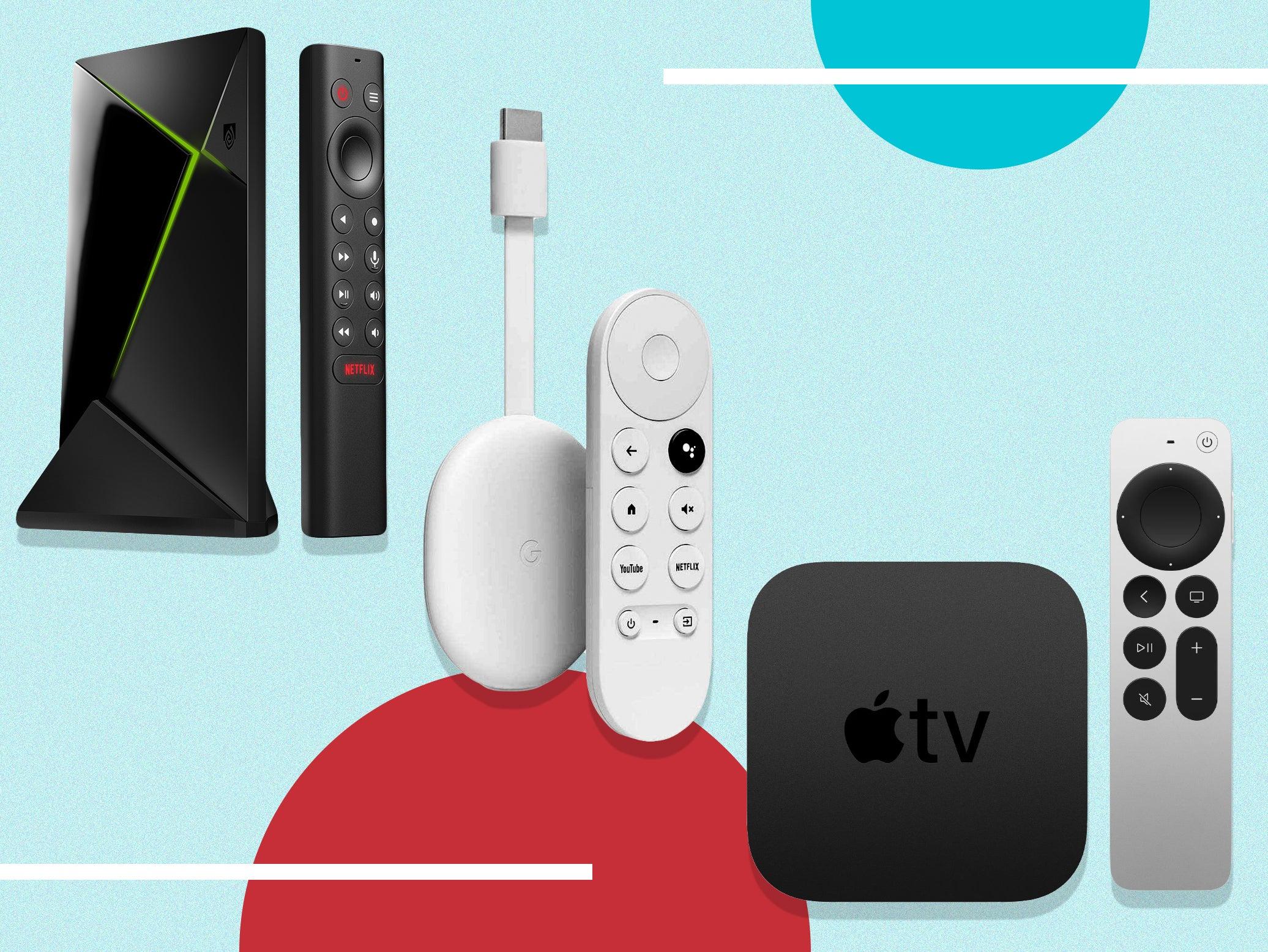In recent years, the proliferation of streaming devices has transformed how we consume media, offering unparalleled access to a vast array of content at our fingertips. However, as the market becomes increasingly saturated, a pressing question emerges: Are manufacturers overpricing these devices for minor features that may not significantly enhance user experience? This article aims to explore the pricing strategies employed by manufacturers, dissect the value proposition of these added features, and provide a balanced perspective on whether the costs align with the benefits offered to consumers. By examining the landscape of streaming devices, we seek to inform potential buyers about the factors driving prices and help them make more informed purchasing decisions.
Analyzing the Cost-Benefit Ratio of Streaming Device Features
- Resolution Capabilities: While 4K streaming has become more prevalent, many streaming devices still command a premium for offering this feature. However, consumers should assess whether their existing television can support 4K resolution before investing in a higher-priced model. Additionally, with the advent of 8K TVs, it’s crucial to consider the future-proofing of your purchase.
- Voice Control and Smart Home Integration: Voice assistants and smart home compatibility are increasingly integrated into streaming devices. While these features add convenience, they often come with a steeper price tag. Consider whether the ability to control your device hands-free or integrate it into a smart home ecosystem is worth the additional cost, especially if you already own separate smart speakers or hubs.
- Gaming Capabilities: Some streaming devices now include gaming options, appealing to a broader audience. If you’re a casual gamer, this might be a bonus. However, if gaming is not a priority, you might be paying extra for features you won’t utilize.
It’s essential for consumers to weigh these features against their actual usage and needs. Overpaying for underutilized features is a common pitfall, and manufacturers often bundle these features to justify higher prices. By carefully analyzing which features are truly beneficial, consumers can make more informed decisions and potentially save money by opting for devices that align with their primary usage patterns.
Understanding Consumer Perceptions of Streaming Device Pricing
When assessing the value of streaming devices, many consumers express concerns over pricing strategies that seem to inflate costs for what are perceived as minor feature upgrades. Manufacturers often highlight these enhancements as revolutionary, but the consumer perspective frequently questions the true necessity and impact of these changes. To better understand this viewpoint, consider the following elements that influence consumer perceptions:
- Incremental Updates: Many consumers notice that new models often offer only slight improvements over previous versions, such as marginally faster processors or slight design tweaks, which can feel insufficient to justify a significant price increase.
- Marketing vs. Reality: There is a common sentiment that aggressive marketing strategies overemphasize minor upgrades, creating a perceived need rather than a genuine enhancement to the user experience.
- Alternative Options: With a plethora of streaming devices available, including budget-friendly options, consumers have the power to compare and choose products that offer better value for money without unnecessary features.
In light of these points, it becomes clear why some consumers might feel that the pricing of streaming devices is not entirely aligned with the perceived benefits of the features they offer. By understanding these perceptions, manufacturers have the opportunity to refine their product offerings and marketing strategies to better meet consumer expectations and preferences.

Identifying Key Features That Drive Up Device Prices
- Resolution and Picture Quality: A significant factor that contributes to the price of streaming devices is the resolution they support. Devices that offer 4K or even 8K resolution with HDR capabilities are generally priced higher due to the advanced technology required to deliver such high-definition picture quality. These features appeal to users who prioritize visual clarity, yet the question remains if these enhancements justify the often substantial price difference from standard HD models.
- Processing Power: The inclusion of more powerful processors in streaming devices is another cost-driving feature. Enhanced processing capabilities allow for faster load times and smoother streaming experiences, particularly important for avid gamers or those using their devices for more than just watching TV shows and movies. While beneficial, consumers may wonder if the added cost correlates with a noticeable improvement in everyday use.
- Storage and Expandability: Some devices offer expanded storage options or the ability to add external storage, which can be attractive for users who download a lot of content or apps. However, for many users who primarily stream content, the extra storage might not be necessary, raising questions about its value in the pricing equation.
- Voice Control and Smart Home Integration: The ability to control a streaming device using voice commands and integrate it with other smart home devices is a modern convenience that manufacturers often highlight. While these features can enhance user experience, they might be considered non-essential by consumers who find traditional remote controls sufficient, thus questioning if such features should heavily impact device pricing.

Strategies for Making Informed Purchasing Decisions
To navigate the labyrinth of options when buying streaming devices, one must first arm themselves with the right strategies. Start by identifying the essential features that meet your needs. Do you need 4K resolution, or is HD sufficient? Consider whether voice control or smart home integration is a necessity or a luxury. By focusing on core functionalities, you can filter out devices that offer little more than fancy extras.
Next, delve into product reviews and expert analyses. These resources often reveal whether manufacturers are indeed overpricing for minor features. Look for patterns in user feedback, especially concerning performance versus advertised features. Also, compare prices across different platforms to ensure you’re getting the best deal. Remember, a high price tag doesn’t always equate to high quality. By employing these tactics, you can make informed decisions that align with both your budget and your viewing preferences.







































